My greatest architectural pet peeve? Buildings (newer ones, in my observations) that don’t breathe. And by this, I mean interiors that are stuffy and feature a distinct lack of circulating air, which I attribute to window size and inappropriate amounts of insulation; but the actual reason is more fundamental–building materials that don’t actually breath.
Passionate about natural building materials, Cornwall, UK-based Katy Bryce and Adam Weissman have reclaimed ancient building processes. Twelve years spent on restoring and building with cob (an ancient building technique using clay, straw, and sand, it’s similar to adobe) turned into their first book, Building with Cob, followed by a second book Using Natural Finishes. Their company, Clayworks, provides clay plaster walls where the top-coat finish has an integrated pigment that provides the walls with a natural color and finish; no painting required. An attractive finish with a low carbon footprint (85 percent less than that of painted sheetrock walls), the walls are highly porous and breathable, which also means moisture is less likely to be trapped within the walls, minimizing staining and deterioration. It’s easy to see why HRH The Prince of Wales is a fan.

Above: Clayworks’ naturally pigmented clay plasters come in a range of premixed colors.

Above: In a modern setting, clay plaster walls have a monolithic feel.

Above: Bryce and Weissman used clay plaster on the walls of their own home.

Above: Bryce and Weissman converted a 300-year-old cob, oak, and thatch granary into their home.
Above: Bryce and Weissman turned their passion into two informative books; Building with Cob, ($31.73 from Amazon), and Using Natural Finishes ($31.94 from Amazon). In the UK, Building with Cob and Using Natural Finishes are £16 each from Amazon UK.
Plaster walls create an old-world feeling even in a modern setting. See 20 images of evocative Plaster Walls in our Gallery of rooms and spaces.
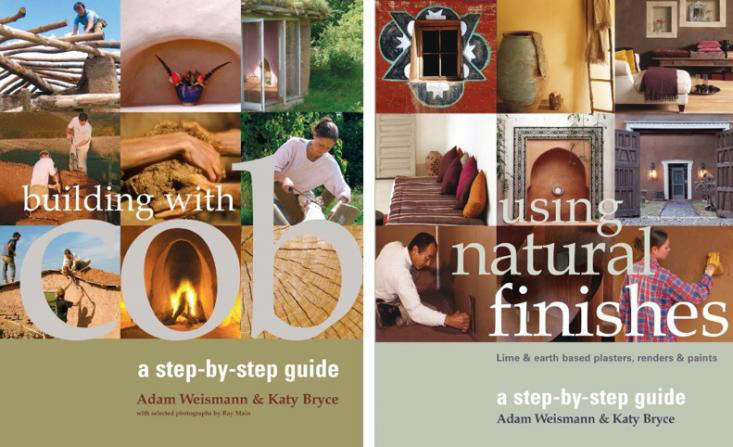
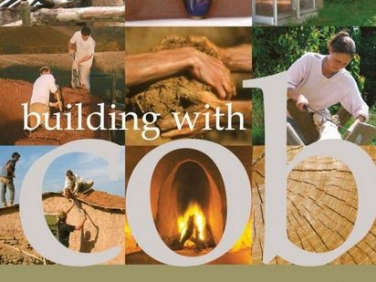
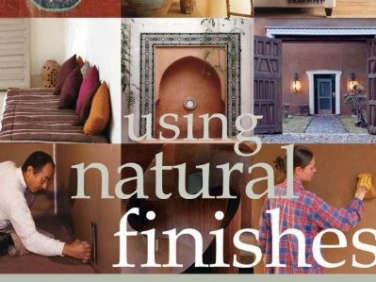
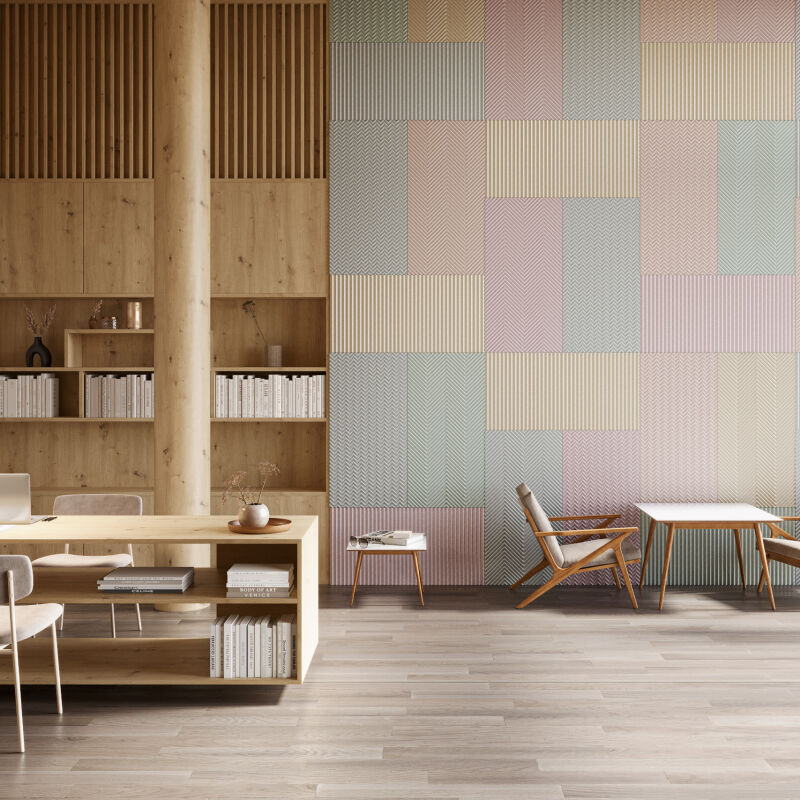
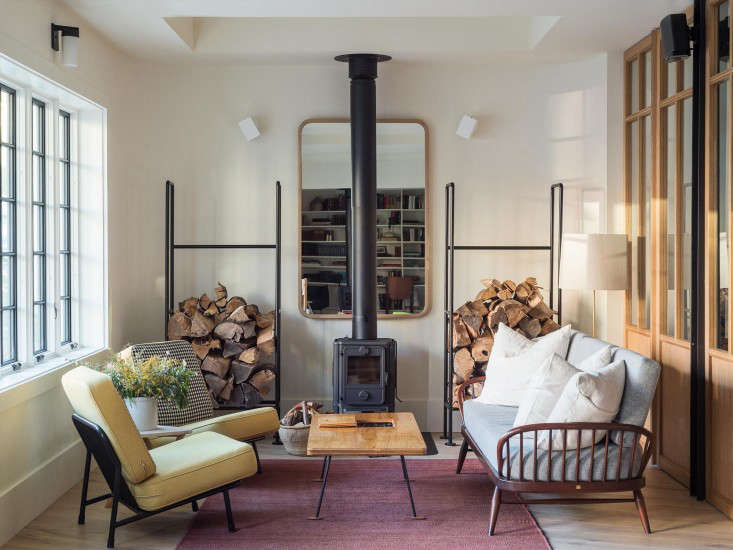
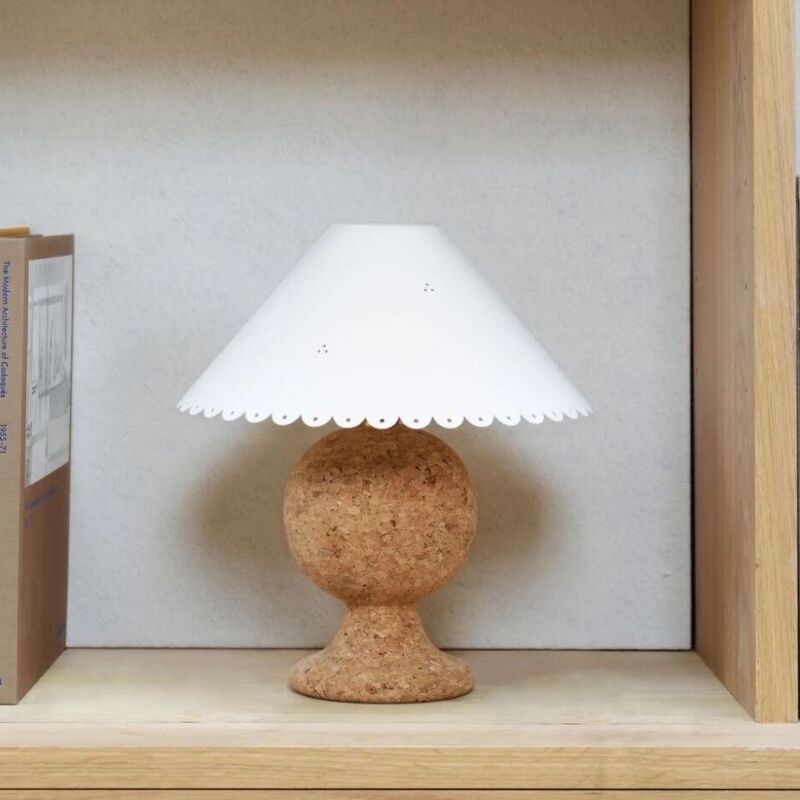

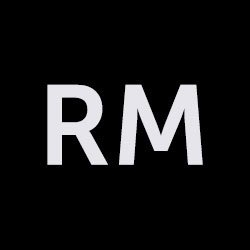

Have a Question or Comment About This Post?
Join the conversation